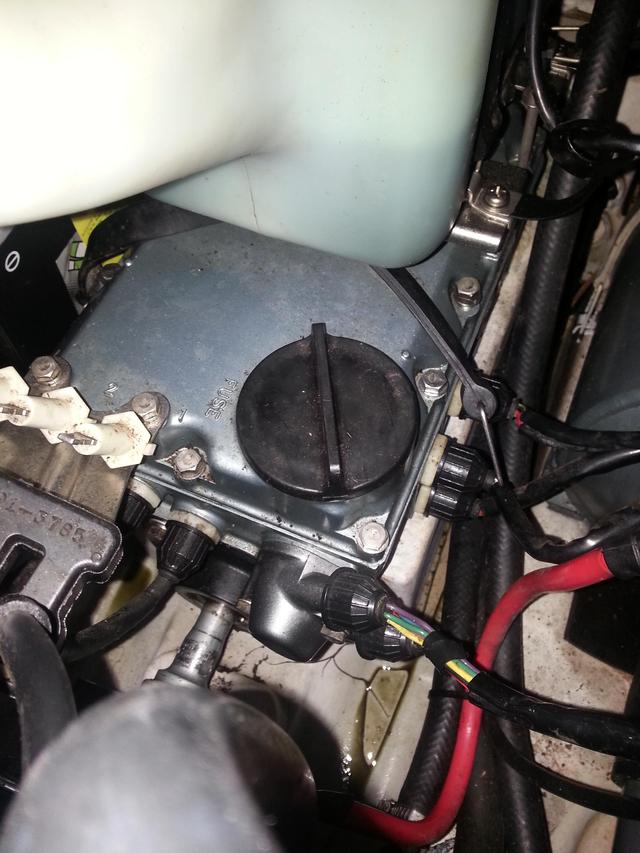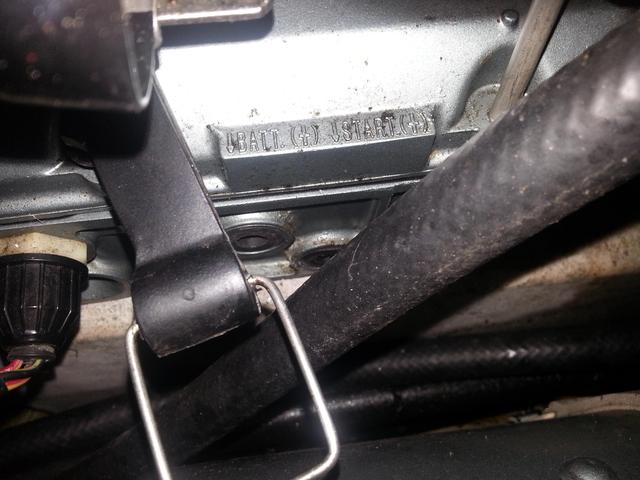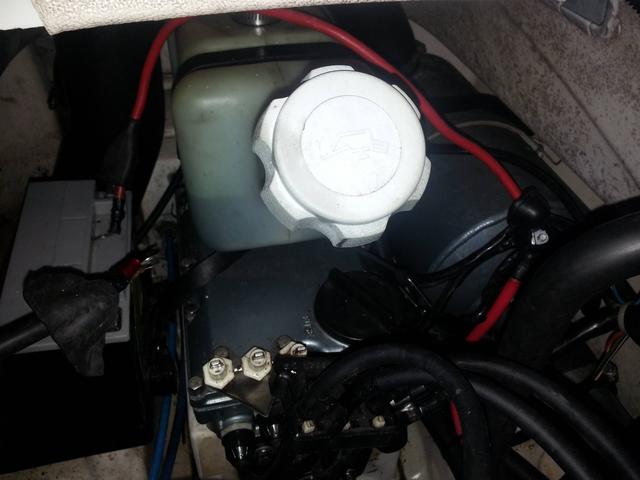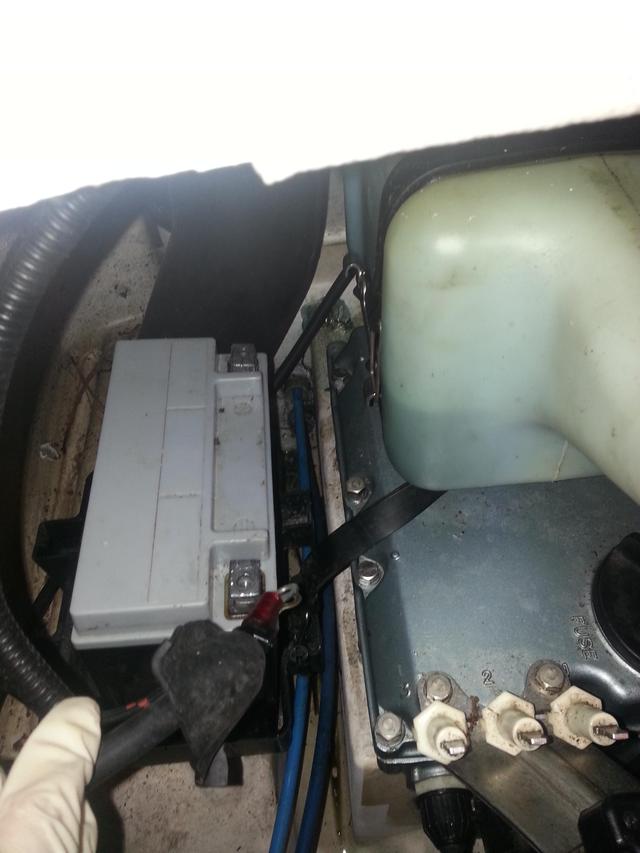asechrest
En-Route
I was recently forced (against my will) to purchase a Jet Ski, thanks to this thread about watercraft. I've been wanting to take on an engine project for some time because I am decidedly clueless when it comes to mechanical stuff and I want to learn. The goal here is mostly educational. Originally I thought maybe I would pick up a broken riding mower and work on that. But a Jet Ski sounded lots more fun. So after some good advice from lots of folks, including by PM (thanks Doc), I found one for sale near my house and I bought it. What I thought I'd do is post my progress to this thread for comments and advice. In return, any POA member who visits my areas of Florida (Tampa Bay or Ft. Lauderdale), gets free jet ski or airplane rides. 
Here's what I know about it:
In the package: Got it for $500 out the door. For that I got a 1995 Continental trailer in very good condition, a 2-inch trailer hitch ball mount with 1-7/8" ball, a 1995 Kawasaki 900 zxi Jet Ski, the title, the original user's manual, a life vest, an anchor, a fire extinguisher, a quick-connect flush hose, three new-in-box OE spark plugs, a half bottle of Kawasaki 2-cycle engine oil, and shop receipts from some preventive maintenance in 2009.
What I know about this ski: It's in good cosmetic condition. Some of the compartment seals could use replacing (like around the steering column and the bow storage). There's a bit of paint chipping in the right-side foot well. It hasn't been used in ~ 2 years and was stored outside next to the seller's house. There was a very small amount of standing water in the bottom of the engine compartment which I attribute to rainwater coming in around some of the aging compartment seals. I shined a flashlight into the impeller intake(?) and then looked through the back of the jet pump. I could see a slight bit of light peeking out around all or most of the impeller blades. It cranks but won't start. The seller hooked a power supply up to it and I watched the drive shaft and impeller spin while he cranked it. The seller said the no start problem was diagnosed by a jet ski mechanic as a faulty starter relay. My understanding is that this is preventing power from coming through the e-box to other stuff like the gauges and spark plugs. I have no knowledge of whether this is actually the problem. I purchased as-is.
--
What I've done so far: I took some basic photos of the exterior and engine compartment (attached). I washed the exterior and opened up the engine compartment to dry out. I ordered a PDF version of the factory service manual but the engine photos used in the manual are of very poor quality, so I may order a hard copy of the manual. I've done a fair bit of reading about this Jet Ski vintage and the engine.
I've never done a project like this of any kind. I am open to any and all suggestions. Here's the way I figured I'd start:
If she starts, great, the seller told the truth and I know what the problem is/was. I'll probably then move onto an engine teardown to inspect everything, learn how it works, and rebuild the items that probably should be rebuilt anyway.
Thoughts? Comments? Suggestions for a starting point for a complete beginner with both engines and jet skis?
Thanks.
Here's what I know about it:
In the package: Got it for $500 out the door. For that I got a 1995 Continental trailer in very good condition, a 2-inch trailer hitch ball mount with 1-7/8" ball, a 1995 Kawasaki 900 zxi Jet Ski, the title, the original user's manual, a life vest, an anchor, a fire extinguisher, a quick-connect flush hose, three new-in-box OE spark plugs, a half bottle of Kawasaki 2-cycle engine oil, and shop receipts from some preventive maintenance in 2009.
What I know about this ski: It's in good cosmetic condition. Some of the compartment seals could use replacing (like around the steering column and the bow storage). There's a bit of paint chipping in the right-side foot well. It hasn't been used in ~ 2 years and was stored outside next to the seller's house. There was a very small amount of standing water in the bottom of the engine compartment which I attribute to rainwater coming in around some of the aging compartment seals. I shined a flashlight into the impeller intake(?) and then looked through the back of the jet pump. I could see a slight bit of light peeking out around all or most of the impeller blades. It cranks but won't start. The seller hooked a power supply up to it and I watched the drive shaft and impeller spin while he cranked it. The seller said the no start problem was diagnosed by a jet ski mechanic as a faulty starter relay. My understanding is that this is preventing power from coming through the e-box to other stuff like the gauges and spark plugs. I have no knowledge of whether this is actually the problem. I purchased as-is.
--
What I've done so far: I took some basic photos of the exterior and engine compartment (attached). I washed the exterior and opened up the engine compartment to dry out. I ordered a PDF version of the factory service manual but the engine photos used in the manual are of very poor quality, so I may order a hard copy of the manual. I've done a fair bit of reading about this Jet Ski vintage and the engine.
I've never done a project like this of any kind. I am open to any and all suggestions. Here's the way I figured I'd start:
- I'll siphon out the 2-year old gas and oil
- I'll take out the e-box and, assuming it hasn't been removed, I'll get access to the supposedly faulty relay
- The service manual shows me how to test the relay using a multimeter so I'll do so and see if the part is truly faulty
- If it's faulty, I'll order the replacement part, install and put the ebox back in
- Put in new gas and oil
- Try to start her up
If she starts, great, the seller told the truth and I know what the problem is/was. I'll probably then move onto an engine teardown to inspect everything, learn how it works, and rebuild the items that probably should be rebuilt anyway.
Thoughts? Comments? Suggestions for a starting point for a complete beginner with both engines and jet skis?
Thanks.













